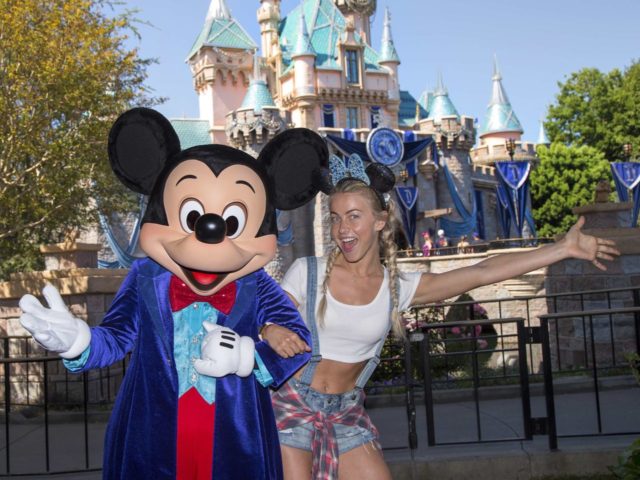Disney (NYSE:DIS) has big synergy advantages over Microsoft (NASDAQ:MSFT), Salesforce.com (NYSE:CRM), Google (GOOG/GOOGL), Verizon (NYSE:VZ) and AT&T (NYSE:T) as they prepare bids for Twitter (NYSE:TWTR).
Investment bankers know that Twitter, as a tweet machine, is a stagnant business. But social media and telecommunications investors recognize Twitter’s potential value as a platform to distribute video directly, as “cord-cutting” spreads from millennials to older demographic groups.
Television cord-cutting has continued over the last four years with, just 76 percent of households paying for cable television connections at the end of 2015, according to a Pew Research survey. About 15 percent of households have cut the cord and 9 percent are so-called “cord-nevers,” who have never signed up for cable TV.
That was not a problem for cable companies like Comcast (CMCSA) and Time Warner Cable (TWC), because they made up for lost TV revenue by charging more for broadband Internet connections, imposing usage caps and offering online package deals.
But a Pew revealed that only 67 percent of homes are paying for broadband Internet connections this year, down from 70 percent in 2013. The results mark the first time in decades that the reach of wired Internet shrank among households. The main driver for the contraction is that 13 percent of households now report they are “smartphone only,” up from 8 percent two years earlier. The motivation for eliminating broadband connections is similar to the rational for getting rid of cable television, i.e. money.
According to SunTrust’s top-ranked Internet analyst Bob Peck, a Twitter deal could happen for around $27 per share, or about 20 percent higher than the current $22 a share. He basis his estimate on the 30-, 60- and 90-day stock price moving averages after a 40 percent take-out premium. That generates a $27, $26, and $24 stock price, very close to Twitter’s original $26 initial public offering price. But that also values the company at $25 billion, a very high comparative market valuation of about 6.1 times revenue and 22 times the earning before interest, taxes, depreciation, and amortization of debt.
Aged 18-36-year-old subscribers to Netflix are nearing cable’s subscription numbers for those. Statista analytics predicts that this cord-cutting trend is beginning to be embraced by older demographics, creating an existential threat to cable’s business model.
In response, analysts at J.P. Morgan recently boosted their price targets by $1 trillion on the four so-called “FANG” stocks: Facebook (NASDAQ:FB) to $175, from $170; Amazon (NASDAQ:AMZN) to $1,000, from $925; Netflix (NASDAQ:NFLX) to $125, from $116; and Alphabet (Google) to $1,025, from $950.
Twitter stock trended upward on the news. But Disney’s stock traded down because their ESPN and ABC media units lack an in-house social media platform to continue to amplify their audience reach.
Twitter’s live streaming efforts with companies like the NFL and its own Periscope platform are the only innovative features that are sparking buy-out interest from Disney and others.
Disney has significant advantages over other bidders to acquire Twitter. First, Twitter’s CEO Jack Dorsey serves on Disney’s Board of Directors. But the biggest advantage is that Disney owns a 33 percent stake in BAMTech, the tech spinout from Major League Baseball that owns the app powering Twitter’s streaming of NFL games on the web.
That means there would be virtually no “hard tech” integration problems for Disney to leverage combining its content with the live streams and commentary being experimentally demonstrated by Twitter for ESPN’s broadcast of Thursday Night Football.

COMMENTS
Please let us know if you're having issues with commenting.